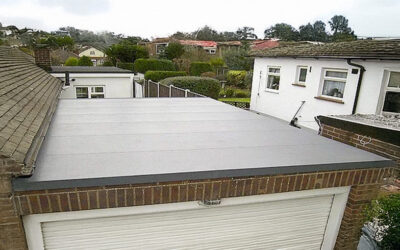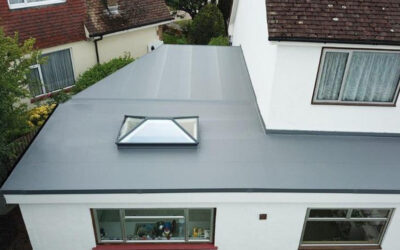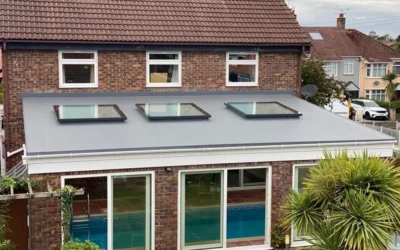Insulating a flat roof
Heat rises – a fact that we all know. Therefore, it makes sense that if you don’t insulate your home, a huge proportion of your heat is lost. In fact, approximately 25% is lost through the roof.
Every roof needs to be insulated in order to minimise heat loss in the winter, and to control the heat in the warmer months. Insulation also helps to limit condensation and depending on the type of insulation used, can reduce exterior.
Insulating your roof, attic or flat roof is a simple yet highly effective way to reduce your heating bills and enjoy a warmer, more comfortable home.
Does the quality of my flat roof have to be taken into consideration?
Of course! Just as you could never expect a pair of boots to remain waterproof if they have huge holes in the soles, you can’t expect a poorly installed or degraded flat roof to provide the optimum level of insulation and heat retention.
Over the years, a traditional felt flat roof will blister and crack, meaning that water may be able to seep into your roof’s structure. Your insulation may end up waterlogged or at the very least, having to work much harder to protect your property.
Insulating flat roofs
It is essential that you don’t try to insulate your own home – a professional and experienced contractor should always be employed to carry out such a project, whether it is a small extension or entire new build.
Ideally, a flat roof should be insulated from above. A layer of insulation board can be added to the top of the timber roof surface before a waterproof membrane made of single ply PVC, EPDM or TPO is installed. This is called ‘warm roof deck insulation’, which is the best option as you won’t have to contend with any condensation issues.
Alternatively, bitumen felt flat roofs can have insulation installed on top of the membrane, which is called ‘inverted warm deck’ insulation. An ‘inverted warm deck’ can actually protect your flat felt roof from wear and tear and potentially elongate its life span.
Please bear in mind that if you are having to replace your flat roof, it must be insulated in order for it to comply with UK Building Regulations. Current Building Regulations – updated in 2010 – state that the target U-value for new or replacement flat roofs should be 0.18W/m²K, ensuring better heat retention and lower CO2 emissions.
By insulating your flat roof, you can expect to make similar savings to traditional loft insulation.




















